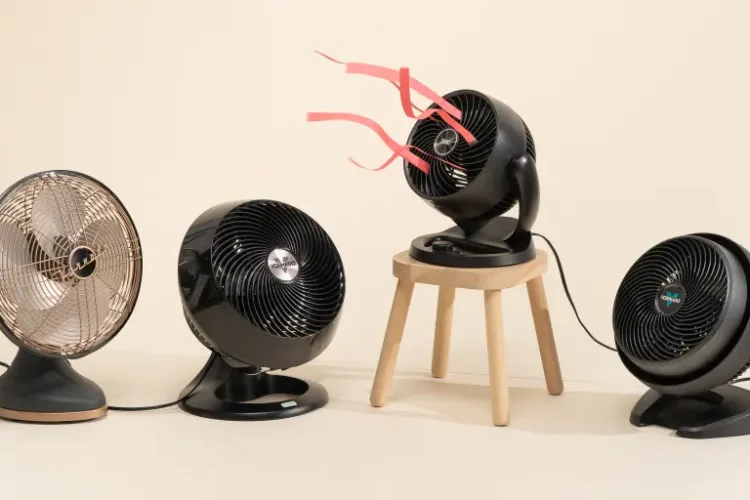Any system that cools must include wall fans because they provide the vital ventilation and airflow. For maximum effectiveness, however, installation and location are critical. To guarantee ideal airflow and cooling effectiveness in your room, we will go further into wall fan location and installation advice in this extensive article.
Importance of Wall Fan Placement
Placing wall fans correctly is essential to getting the best function. Wall fans are a useful tool for dispersing cool air and producing a cooling breeze in a space when they are placed properly. Energy savings can also be achieved by strategically placing wall fans to assist prevent hot areas and the need for air conditioners.
Ensuring Proper Wall Fan Height for Optimal Performance
While placing wall fans, the level at which they are installed is an important consideration. Generally speaking, a wall fan installation should be done 7 to 9 feet above the ground. At this height, the fan can efficiently cover a broader area without having furniture or other items hinder its circulation.
Optimal Wall Fan Installation Tips
It’s crucial to install wall fans correctly if you want to maximize airflow and cooling effectiveness. Here are some pointers to think about:
1. Select the ideal site: Choose a wall that can be readily cleaned and maintained, and that permits unhindered ventilation.
2. Use strong mounting brackets: To avoid swaying or falling, make sure the wall fan is firmly fixed using the right brackets.
3. Take into account the fan’s direction: Adjust the fan’s location to direct airflow into the intended region based on the room’s architecture.
4. Use appropriate wiring: To prevent mishaps or malfunctions, make sure that the electrical wiring is completed appropriately and safely.
Maximizing Airflow for Cooling Efficiency
To achieve maximum cooling efficiency, it is important to optimize the airflow generated by wall fans. Here are some tips to consider:
1. Clear the area around the fan: Remove any obstructions such as furniture, curtains, or plants that may impede the fan’s airflow.
2. Create a cross-ventilation system: Position multiple wall fans in different areas of the room to create a cross-ventilation system, facilitating the movement of fresh air.
3. Adjust fan speed and direction: Experiment with different fan speeds and directions to find the optimal setting that provides the desired cooling effect.
4. Regular maintenance: Clean the fan blades and grills regularly to prevent dust buildup, which can hinder airflow and decrease cooling efficiency.
Addressing Potential Obstacles and Airflow Blockages
While wall fans are designed to provide efficient airflow, certain obstacles or blockages can hinder their performance. Here are some common obstacles to consider:
1. Furniture placement: Avoid positioning furniture in a way that obstructs the fan’s airflow. Opt for an arrangement that allows air to flow freely throughout the room.
2. Curtains and blinds: Ensure that curtains and blinds are not blocking the path of the fan’s airflow. Consider using lighter fabrics or tiebacks to allow for better circulation.
3. Cluttered spaces: Clear cluttered areas to prevent airflow blockages and allow the fan to operate optimally.
4. Room layout: Take into account the room’s layout and position the wall fans accordingly to ensure maximum coverage and circulation.
Conclusion
This article focuses on the best way to set up and position wall fans correctly to maximize airflow and effective cooling in any area. It offers advice on how to place, height, & airflow of wall fans to get the best possible performance, creating a cool and cozy atmosphere. You may take advantage of strategically positioned wall fans and improve the cooling effectiveness of your area by adhering to these recommendations.

